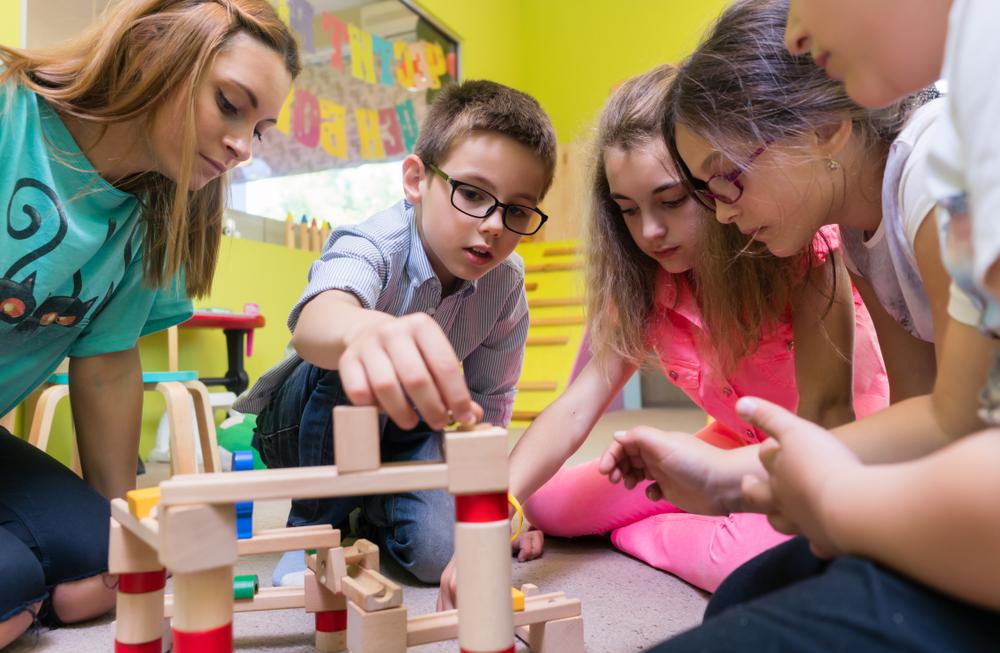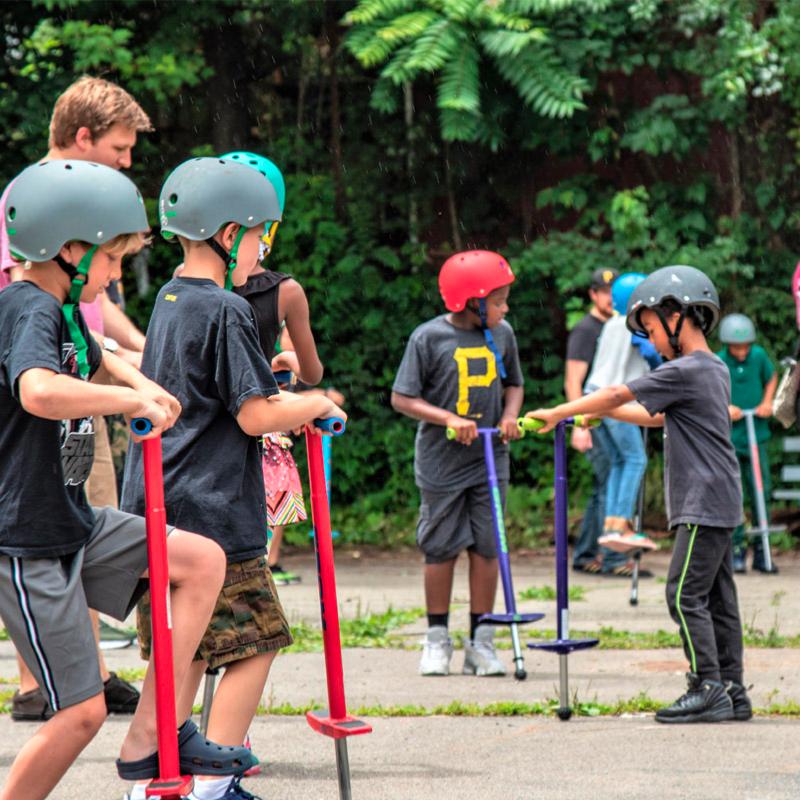How to Organize a Fun and Educational Activity for Kids: Exploring the Importance of Springs
Are you interested in teaching kids about the significance of springs in a fun and engaging way? Organizing a children’s activity on this topic can be a rewarding experience that sparks their curiosity and enthusiasm for science and engineering. In this guide, we’ll take you through the steps to create an exciting and educational event for children.
In this exciting kids’ activity, we’ll uncover the importance of springs and how they play a vital role in our lives. Springs are fascinating devices, and understanding the importance of springs can be an eye-opening experience for children. The importance of springs goes beyond just science – it affects the world of engineering and technology as well. Let’s embark on this journey and explore the importance of springs in different industries, making it an enjoyable and educational experience for kids.
Step 1: Define Your Objectives

Start by clearly defining what you want children to learn and take away from the activity. Remember to keep the content age-appropriate and engaging for kids. Your primary goal is to make learning fun!
Step 2: Choose the Type of Children’s Activity
Select activities that are interactive and hands-on. Options like workshops, science experiments, games, and creative projects work well for children. The key is to keep them actively engaged.
Step 3: Select a Date and Child-Friendly Venue

Choose a date that works for families, and find a venue that is safe and suitable for children. Consider community centers, libraries, schools, or even outdoor spaces for your event.
Step 4: Budget and Funding
Create a budget that covers expenses for materials, snacks, decorations, and resources. You may consider seeking sponsorships or partnering with local organizations to help with the costs.
Step 5: Create Engaging Content
Develop content that is both educational and fun. Use simple language, colorful visuals, and hands-on activities to make learning exciting.
Step 6: Interactive Demonstrations

Plan hands-on demonstrations or experiments that illustrate the concepts related to springs. Show the kids how springs work using everyday objects like slinkies or toys. This hands-on approach will help them understand the concept better.
Step 7: Registration and Attendance
Set up a registration process to confirm the number of child participants and to ensure you have enough materials and resources for the event.
Step 8: Kid-Friendly Speakers and Presenters
If you include speakers, ensure they have experience with children and can present the topic in an engaging and entertaining way.
Step 9: Decorations and Themes
Consider choosing a fun and relevant theme for the event. Decorate the venue accordingly to create an exciting atmosphere. Themes related to springs, such as “Springtime” or “Science Adventure,” can add to the excitement.
Step 10: Engage the Children
Plan interactive activities and games related to springs. For example, consider activities where children can build simple spring-powered devices or conduct fun experiments. The goal is to make learning hands-on and enjoyable.
Step 11: Educational Materials

Provide children with take-home educational materials, such as coloring books, worksheets, or handouts, that reinforce the concepts they’ve learned.
Step 12: Safety Measures
Ensure the safety of children throughout the event. Supervision, first aid kits, and safety guidelines are important to ensure that the kids have a safe and enjoyable experience.
Step 13: Feedback and Evaluation
Collect feedback from both children and their parents to assess the success of the activity. Use their input to make improvements for future events.
Step 14: Goodie Bags
Consider providing goodie bags with small items related to springs or science as a memorable takeaway for the children. This adds an extra layer of fun and excitement to the event.
Step 15: Follow-Up and Continued Engagement

Stay connected with the families who attended the event by sharing additional educational resources and information about future events. Encourage kids to continue exploring the world of springs and science.
By following these steps, you can organize a fantastic children’s activity that not only educates kids about the importance of springs but also inspires a lifelong love for learning. Creating an engaging and interactive learning environment is the key to making your event a memorable and impactful experience for children.
Edit by chat.openai.com Launch by Bruce Shaw from Hengsheng


“Discovering this blog is like finding a rare and precious gem. Gratitude for the reliable and well-structured information!”